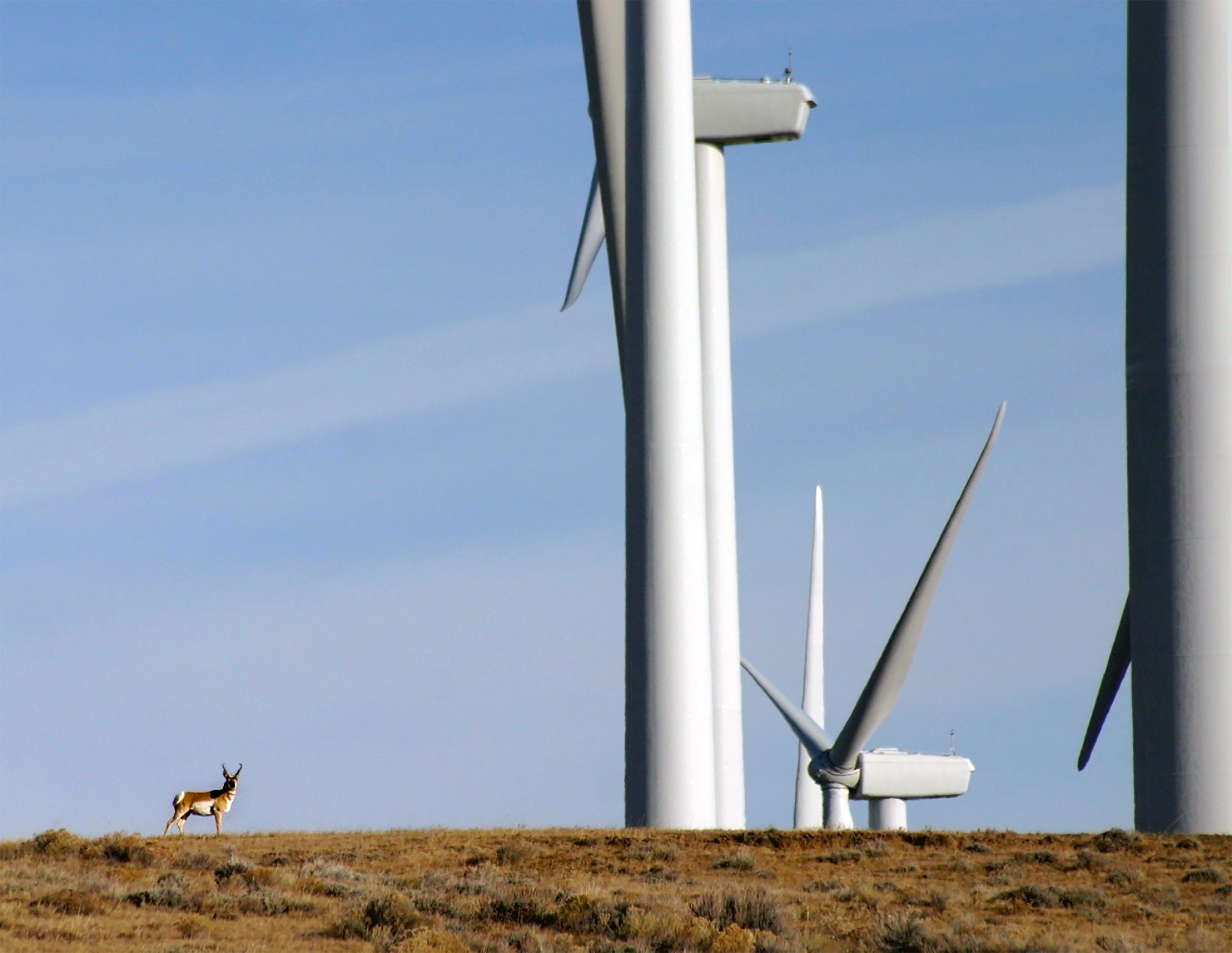Foto Friday: Pondering "nature" photography and Dog Days of summer
Plus a special mid-summer subscription deal!
This morning some social media post informed me, erroneously it turns out, that today is #NaturePhotographyDay. During the several moments that passed between seeing the post and realizing that the special day was actually a month ago, I scrambled through my digital files in search of a…



